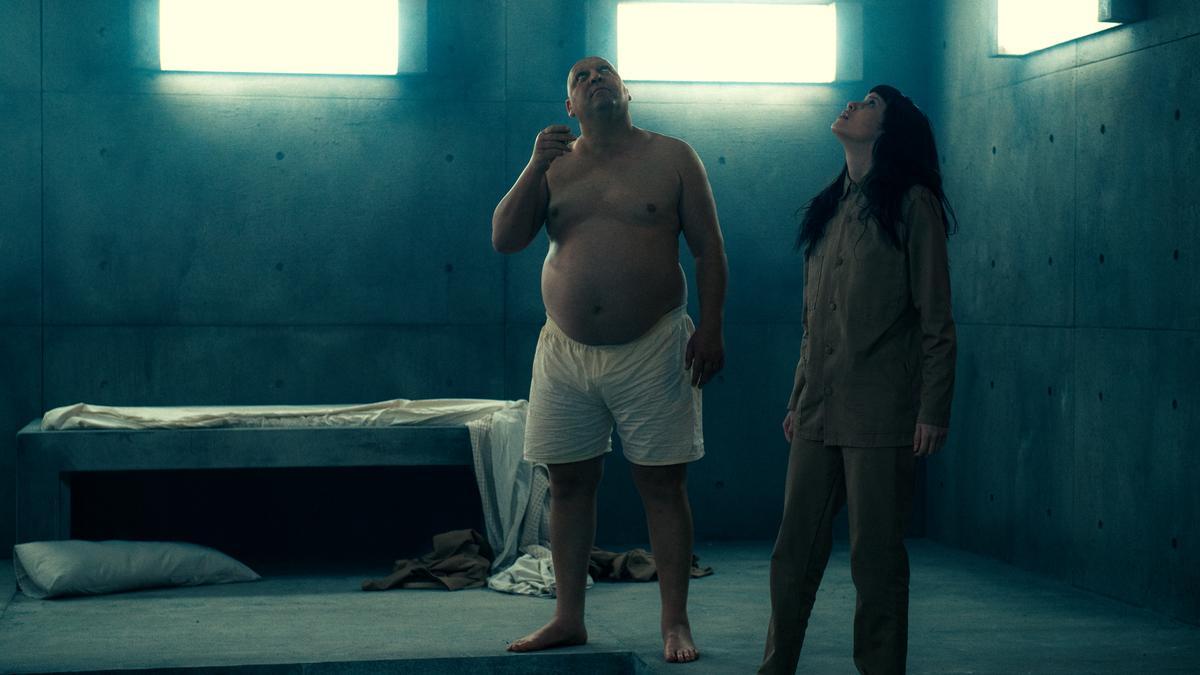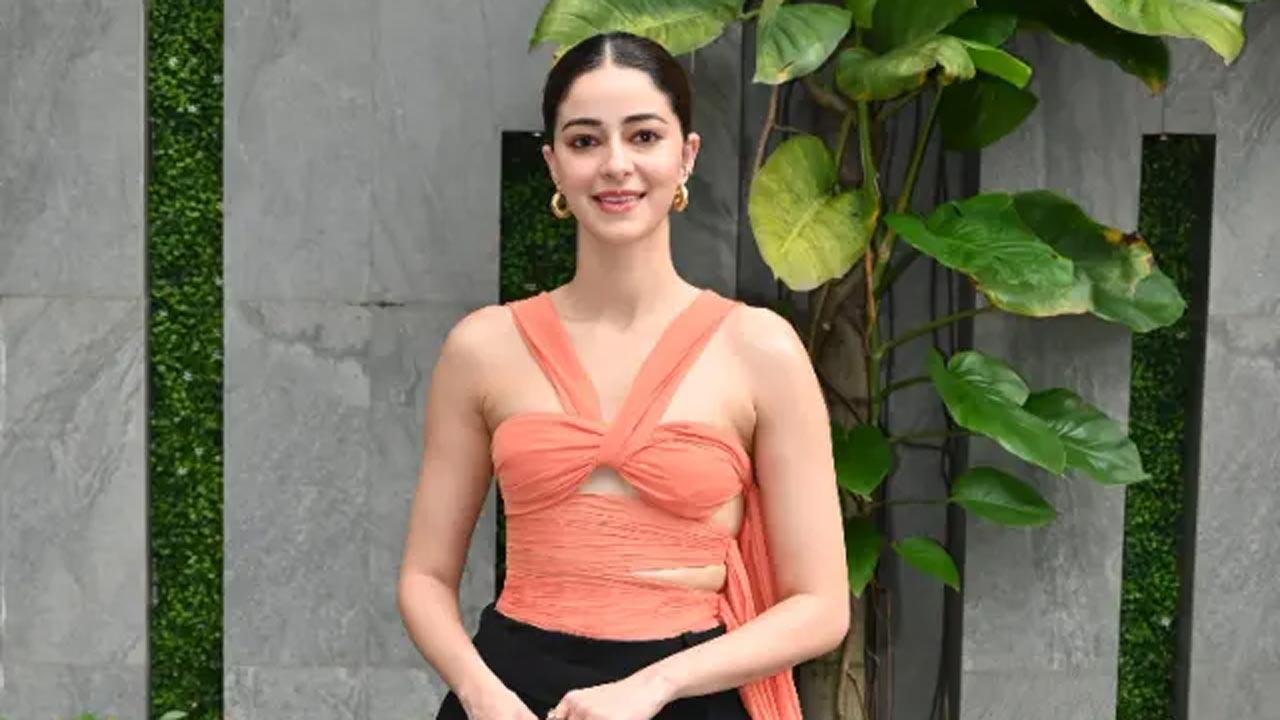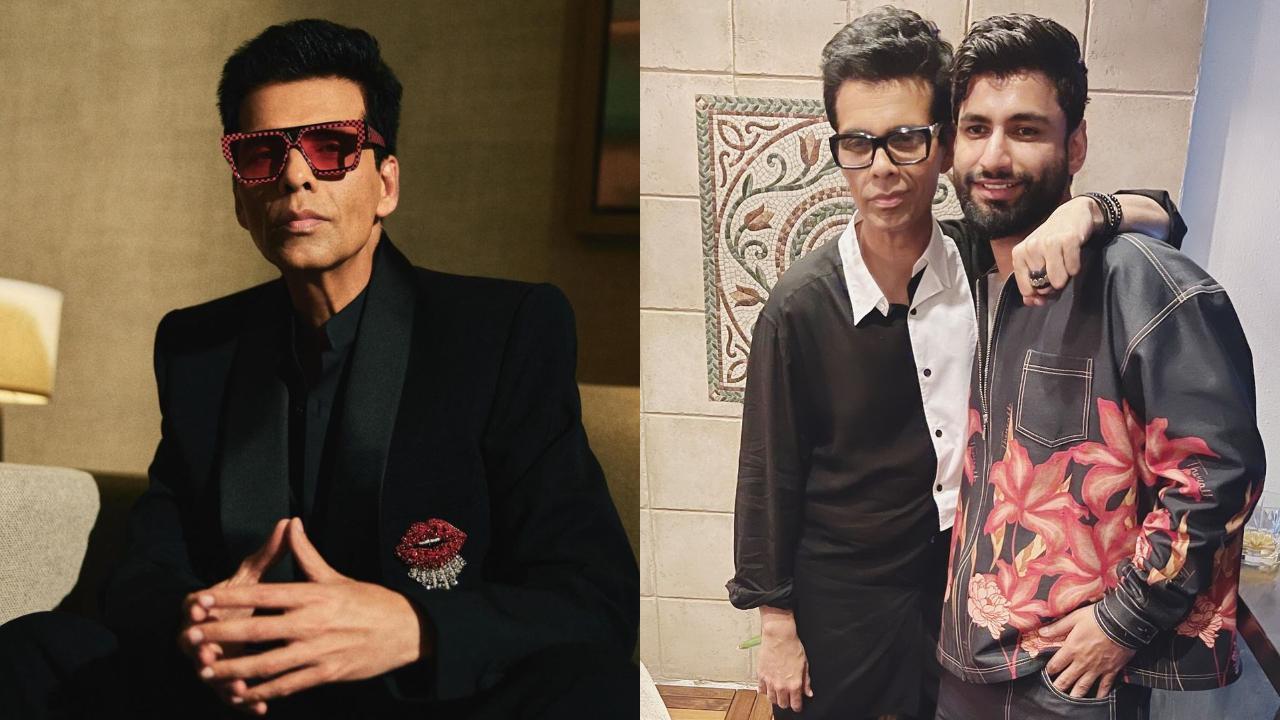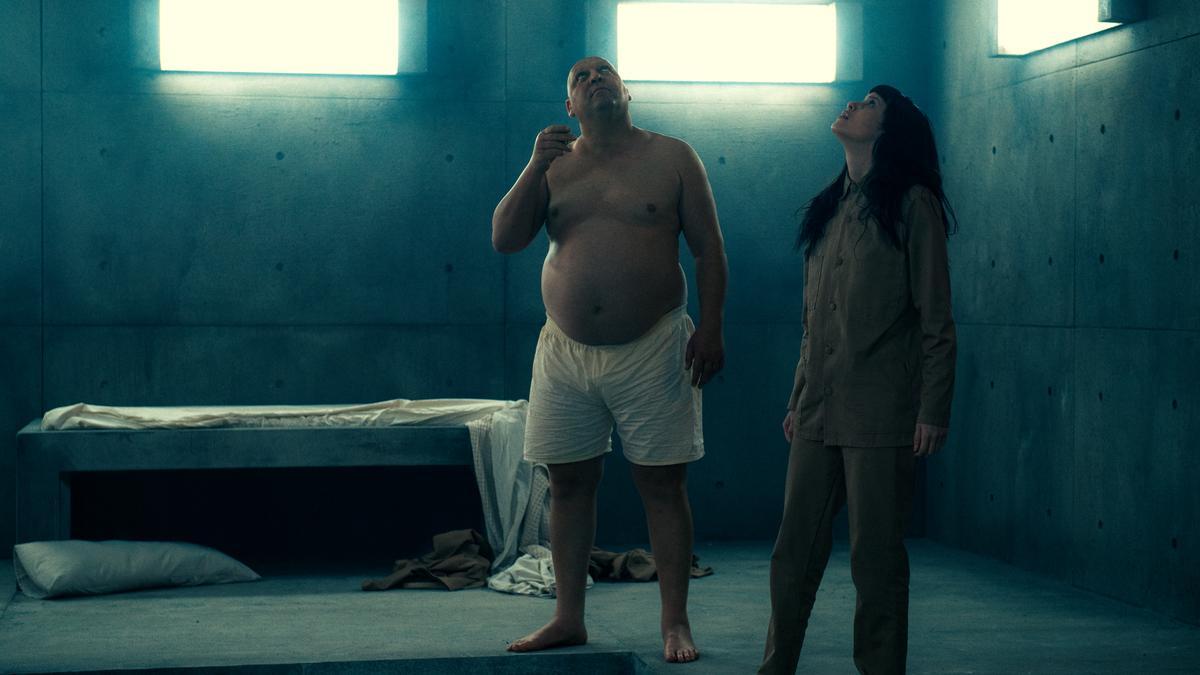
In today’s world of cinema, sequels have become a staple, offering filmmakers an opportunity to delve deeper into storylines that once captivated audiences. Among these continuations is Netflix’s Spanish dystopian thriller, The Platform 2. The original, released during the global lockdowns, intrigued viewers with its stark depiction of societal hierarchies through a fantastical setting. As such, expectations were high for its follow-up, but while the new installment retains the franchise’s symbolic narrative, it struggles to reach the heights of its predecessor.
The original film unwound itself within a ‘Vertical Self-Management Center’, an institution where residents found themselves allocated to different floors each month, receiving sustenance via a descending food platform. The first movie’s heart-pounding tension lay in its depiction of human behavior as food supplies dwindled, sparking chaos among the occupants. The Platform 2 attempts to expand upon these foundational themes, diving into the mythology of the dystopian world it inhabits.
Unique to The Platform 2 is its choice to forego the customary recap often utilized by sequels to ease viewers back into the storyline. Instead, the film plunges its audience straight into the heart of its chaos. Here, order attempts to stem the naturally disorderly environment. Each inmate selects their preferred dish, and conformity is expected, with exchanges only permissible through mutual consent. Predictably, some inmates flout these rules, inciting mayhem that casts doubt on the efficacy of this imposed order.
At its core, The Platform 2 continues to embody the same elements that characterized its predecessor as a distinctive cinematic experience. One such aspect is its fast-paced narrative, a stylistic choice that attempts to cover the limitations of confinement to a single building and the narrative focus on just a handful of characters. The storyline maintains an allegorical approach, using heavy symbolism to draw parallels to societal issues, a method perhaps employed with even greater frequency than the first film.
In the film’s unruly environment, characters such as Perempuan (played by Milena Smit) and Zamiatin (Hovik Keuchkerian) serve as both observers and participants within this metaphor for society. As they learn about ‘the anointed ones’—those who have allegedly encountered ‘the Master’—the plot thickens.
. These select individuals purportedly maintain and enforce the law, ensuring equitable food distribution, but their presence raises questions about the true nature of justice and order.
The Platform 2 leverages a multitude of real-world analogies, emphasizing issues such as economic disparity and religious dogma, which have served as the backbone for the series. The movie overtly references Christian motifs, frequently identifying the Master as a messiah-like figure. Particularly striking is a scene in which Perempuan envisions the Master in a tableau mirroring The Last Supper. Other symbolic embellishments include the presence of 333 levels, housing 2 inmates each—a nod to the ominous 666.
The transformative journey of Perempuan stands out as one of the film’s highlights. Transitioning from passive onlooker to zealous follower, and eventually to a system defector, her evolution is masterfully portrayed despite the film’s overwhelmingly intricate plot. Notable moments include her interactions with a cellmate who speaks in terms of imaginary numbers, ultimately forging an imaginary companionship. This serves as a clever parallel to both the universe within the pit and her life on the outside, culminating in art mirroring reality as the film draws to a close.
Nevertheless, The Platform 2 falters in capitalizing on its most riveting scenes, entrapping the audience in a web of secondary characters who flit in and out without fostering any substantial emotional connection. Unlike the first film, which ingeniously humanized its protagonist Goreng, this sequel fails to illuminate the inmates’ inner turmoils in a relatable fashion. The antagonists’ motivations, portrayed through the group of enforcers maintaining order by force, seem a simplistic substitution for the deeper psychological explorations characteristic of the first movie.
Much like many sequels in recent cinematic history, the rationale for The Platform 2’s existence appears as scant as the food remnants precariously reaching the lowest levels of its dystopian system. Additionally, the English dubbing detracts from the film’s authenticity, contrasting with the depth and variety offered by its predecessor. Where The Platform was an abundant buffet catering to diverse tastes, its sequel stands as a fixed menu, ultimately leaving audiences yearning for more.
Currently available for streaming on Netflix, The Platform 2 presents an ambitious, yet not entirely fulfilling continuation of its compelling original.










